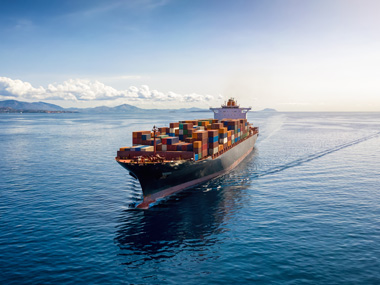1. US sanctions on Iran have been stepped up
The oil price has increased following last week's announcement by the US regarding new sanctions on Iran.
For the first time, a Chinese refinery and a Chinese port terminal were sanctioned, and the number of US-sanctioned tankers transporting Iranian oil increased by eight.
It does not concern one of the large government-owned Chinese refineries but a privately owned Chinese teapot refinery. However, it means that customers buying refined products or providing services to the newly sanctioned entities risk being affected themselves.
It is yet another step toward the announced "maximum pressure" strategy on Iran. The new sanctions are also a means of pressuring Iran into a new nuclear deal. Trump handed a letter to Iran on 12 March, which Iran has stated it will respond to in the coming days. The letter contains a two-month deadline to enter a new nuclear agreement with the US.
We do not believe a nuclear deal with Iran will be reached and that the sanction pressure will intensify in the coming months. The Iranian foreign minister stated on Thursday that they would not negotiate under pressure or threats.
However, we are still far from achieving "maximum pressure" and a complete halt to Iranian oil exports to China. The vast majority of Iranian oil is sent to China.
We have long warned that oil prices have an upside risk over the coming six months due to sanctions on Iran. Last week’s news underscores this. We do not believe the US will succeed in halting Iranian oil exports, which currently stand at approximately 1.5 million barrels per day.
However, a decline of 0.5 to 1.0 million barrels per day would still significantly tighten the oil balance over the summer, even when OPEC+ increases production.
Notably, the stepped-up sanctions on Iran come after Israel's new bombings in Gaza and the US-led attack on the Houthis in Yemen. For the oil market, the key question is whether the attacks increase the likelihood of a US or Israeli strike on Iran. We still believe it is unlikely, but it does raise the chances that the United States will fully implement its "maximum pressure" strategy against Iran.
The sanctions on Iran and Russia are visible in the market. As discussed in the latest issue of the Weekly Market Report, they explain some of the strengths in the HSFO market. However, they are also reflected in the expensive Dubai-Brent spread. In our view, the high price of Dubai oil suggests that Asian buyers are seeking alternatives to the sanctioned Iranian and Russian oil, such as oil from the Middle East.







